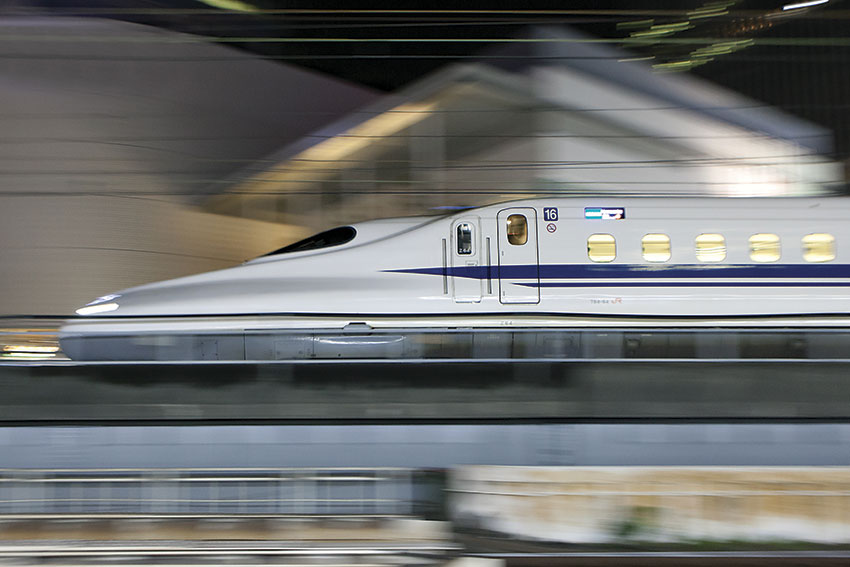Ever since the launch of its bullet train in time for the 1964 Olympics, Japan has been synonymous with technological innovation and now it is on track to reclaim the high-tech top spot

For decades Japan has stood center stage as the hub for technological innovation. Formidable brands such as Toyota, Sony and Nikon have paved the way for innovation, and Japan has secured its reputation as a global leader in the high-tech industries by consistently exceeding consumers’ demands with its exceptional products.
Regional pressures on the technological front from neighbors like Taiwan, China and Korea relegated Japan’s reputation as the epicenter of innovation to former times. Global giants like Apple and Samsung, with their superior and popular products, have taken the spotlight off Japan and left its companies behind.
Whether it is from institutional rigidities or a residual effect of the recession, Japan’s slow response to new competition is only momentary. On the tail end of decades of stagnation and recession, Prime Minister Shinzo Abe’s introduction of Abenomics has been applauded by many Japanese CEOs in the private sector. It is seen as a successful mechanism to rejuvenate Japan’s inherent technological superiority and to deliver it to a global audience.
“Japan will change. Let’s create a country where innovation is constantly happening, giving birth to new industries to lead the world,” Mr. Abe says.
While the foundations for the Prime Minister’s strategy exist, the challenge facing many Japanese tech companies is how to utilize their technological superiority to grow rapidly and profitably, whilst catering to a global market and maintaining their competitive advantage. At present there are hundreds of Japanese companies nurturing unique, cutting-edge and possibly unparalleled products and technologies. “Are we (Honda) leading the world? I personally believe we are still behind. But our challenge is to speed up our developments,” argues Takahiro Hachigo, President, CEO and RD of Honda Motor Co., Ltd.
By identifying inefficiencies, and constantly developing new products and embracing durable growth, Japan will be able to increase its corporate value on a global scale and once again define what it means to be “Made In Japan”. The private sector is taking a leadership role in this resurgence and is embracing this momentum to compete on a global scale. Companies such as Cosmo Energy Holdings Co., Ltd. or Harmonic Drive Systems Inc. are at the forefront of this surge, and represent the innovation and competitiveness now emerging in Japan.
Makoto Nakagawa, President of Sansei Technologies, Inc., a firm based in Osaka that specializes in the manufacturing of amusement rides, stage equipment and elevators, says, “Engineers get excited when they try to explore or make new products. Otherwise, engineering is a very boring job. People in our company, especially good engineers, are trying to be assigned to do new projects that nobody has tried. That is probably the nature of engineers, to be challenged continuously, and this is how we got to innovate in the past and still do.”
While there is no single solution for these companies, each must develop their own individual strategy for the future, which embraces their key strengths and values to unlock burgeoning markets. They must diversify their products and focus on their strengths as complex solutions providers.
“For the last few decades, all of the innovations in Japan were driven by big companies like Toyota, Honda, Sony, and so on,” says Taizo Son, President and CEO of Mistletoe, Inc., a leading start-up incubator in Japan. “They came from big companies rather than independent startups. Many of Japan’s talented minds were in large, rather conservative companies, where they stayed, and the startups were spawned from larger corporations. Now, I’ve found, especially in the last six months, that many professionals are finally quitting the big companies and beginning their startup company by themselves.”
While Japan has experienced a state of flux and stagnation in high-tech industries, key innovation from its leading private sector companies is once more exemplifying Japanese excellence and brand value. Trust and reputation are vital today and will allow them to secure their international leadership in innovative technologies, and utilize such industries in Japan’s growth.
0 COMMENTS